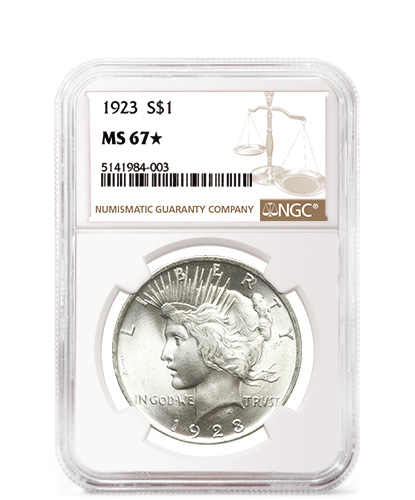
Typically, edges 82 and 84 carry just textual information.ĭuring the assembly of a typical box storage and display system, insert 30 is usually automatically placed in rear base 22 with its information bearing section 80 against the rear surface of transparent flat panel 46 so that it can be readily perceived from the opposite surface by a CD user or customer. Pivots, 51 and 53, permit front cover 20 and rear base 22 to be hingedly connected to one another for movement between open and closed positions.įolded insert 30 comprises a flat panel section 80 and two raised end edges 82 and 84, all of which can carry printed textual or graphical information.

Raised edge sections, 48 and 52, are provided with shallow circularly symmetric holes that cooperate with short complementarily configured posts on the back end of front cover upper and lower edge, 34 and 36, respectively, to provide a pair of pivots, 51 and 53, respectively.

Extending outwardly from flat panel 46 are a plurality of raised edge sections 48, 50, 52, and 54. Rear base 22 also has a transparent flat panel that is designated as 46. In this manner, information carried on the front page of booklet 26, such as the title and artist’s name for an audio disc, can be clearly seen through the front surface of front cover 20.

Tabs, 38 to 44, are configured and arranged to have corresponding edges of booklet 26 slide underneath them to retain it with its front surface against the rear surface of transparent front cover panel 32. Upper raised edge 34 has a pair of spaced apart tabs, 38 and 40, extending outwardly therefrom while lower raised edge 36 is provided with a similar pair of tabs, 42, and 44. 3, it can be seen that front cover 20 comprises a front flat panel 32 which has upper and lower raised edges 34 and 36, respectively. Typically, front cover 20 and rear base 22 are transparent and molded of styrene or polycarbonate, while disc holder 24 may be made of either transparent or opaque plastic colored as desired. Overall, each box measures about 142 mm pictured in FIG. 2 and 3, each compact disc box system, considering box 14 as exemplary, comprises the following major components: a front cover 20, a rear base 22, a compact disc carrier or holder 24, an informational booklet 26, which typically carries printed graphical and textual information describing the recorded contents of the box, a compact disc 28 which bears recorded information, and a folded printed insert card 30, which typically carries a shortened textual and graphic description of the contents of the recorded information.įront cover 20, rear base 22, and disc holder 24 are all molded of a suitable plastic by injection molding with a wall thickness of about 1.2 min. However, it will be understood that other forms of information such as data, video, multimedia, or graphics could just as easily be recorded on such CDs.Īs best seen in FIGS. The stack is generally designated at 10 and comprises a plurality of individual boxes 12, 14, 16, and 18, which are all identical and of conventional design for storing and displaying compact discs (CDs) such as those for recording and playing back audio information. 1 which shows a stack of flat storage and display box systems for compact discs.


 0 kommentar(er)
0 kommentar(er)
